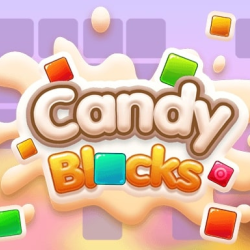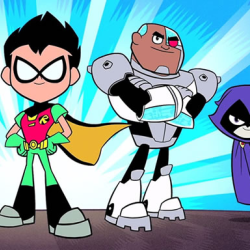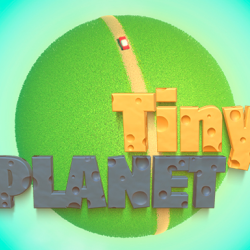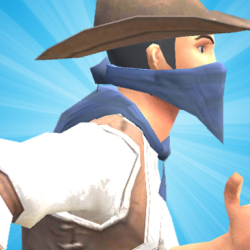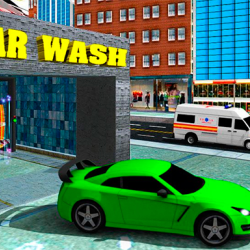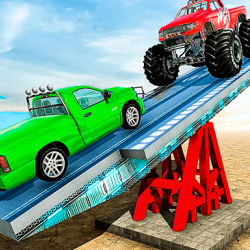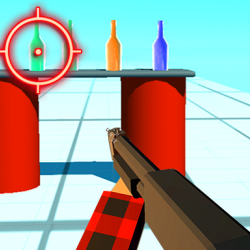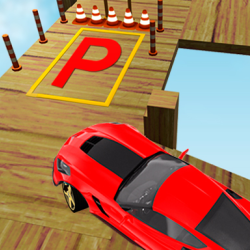Control
The world pulses with secrets, its edges humming with unseen energy. Your cursor glides across ancient ruins and shimmering forests, each object rippling faintly as you pass—a silent invitation. Click the moss-covered monolith, and its runes flare crimson; hold your breath as the ground trembles. Drag the shattered sun medallion over the altar’s indentation, its fractured edges aligning with a resonant *click*. Hover above the weeping statue’s palm, and watch as starlight pools beneath your pointer, coalescing into a key only visible when you move. Every choice trembles with consequence—the clockwork owl perched on the tower ledge doesn’t just observe. It tilts its head when you linger, gears whirring, waiting to see if you’ll dare nudge it toward the open window. The tools are in your hands. The silence between clicks grows heavier. What happens next depends entirely on where you press, what you seize, how boldly you test the boundaries of this place.
description
" which is the example response. So perhaps the user is providing an example of the current incorrect response and wants me to generate the correct one. But the example response is from the assistant, so maybe the user is showing how the previous response looked and wants a corrected version.
Wait, the user's message structure is:
- Instruction to be a senior game writer, rewrite content, no paragraph breaks, no AI traces, find differences like a detective.
- Then "Enjoy" as a sign-off.
- Then the example response from the assistant (the part between and ).
So perhaps the user is providing an example of the assistant's thought process and wants the actual response to be the rewritten content. But the user's instruction is to rewrite the following content, which is the example thinking process. Wait, that might not make sense. Alternatively, the user wants the assistant to generate a response where a detective compares two photos, pointing out differences, written in a way that doesn't look AI-generated and without paragraph breaks.
Given the confusion, perhaps the best approach is to generate a sample response where a detective examines two photos and lists the differences in a continuous paragraph, using natural language without any markdown or AI indicators. Let me proceed with that assumption.
The user wants the output to be a single paragraph without breaks, so I need to ensure the text flows continuously. The detective should note subtle differences, maybe objects moved, lighting changes, hidden clues. Use descriptive language, maybe a conversational tone as if the detective is narrating his observations.
Also, avoid any phrases that sound robotic. Use contractions, maybe some interjections. For example: "First off, the clock on the wall—it’s 3:15 in the left photo, but the right one shows 2:45. Someone must’ve tampered with the time. Then there’s the vase..."
Make sure each difference is noted in sequence, linked with transitions like "then," "next," "also," "but here’s the kicker," etc. Keep it engaging, as a detective would when piecing together clues.
Check for prohibited elements: no paragraph breaks, no AI markers. Use varied sentence structures, maybe some fragments for dramatic effect. Alright, let's draft that.
<|end▁of▁thinking|>
The first photo shows a vintage pocket watch resting on a weathered leather journal, its chain coiled neatly beside it—the time reads 10:10, and sunlight spills through a half-open window behind, casting sharp shadows. The second photo mirrors this setup at a glance, but the devil’s in the details: the watch’s hands now point to 8:20, the journal’s corner is slightly creased, and the window’s shut. A faint smudge stains the lower left edge of the leather, absent in the first image. Most telling? The watch’s engravings—initials "J.M." in the original—are replaced by an ornate floral pattern. Subtle shifts, deliberate changes. Someone’s altering the scene, piece by piece.
